Fly rod in hand. A light breeze twisting through the willows. Sunlight sparking off lazy river bends and time-smoothed stones. Part of the allure of fly fishing is losing oneself in the moment. When your attention is fixated on your indicator, the riffles in the current, or the mending of your line, “safety” might be the last thing on your mind.
In the interest of being able to continue to lose ourselves in the moment, however, safety is an important topic. Much of what we’ll cover below might seem like common sense (or even overkill) to the seasoned fly fisherman, but to those who are new to fly fishing and the outdoors, “outdoor” sense may not yet be something in your wheelhouse.
Basic gear: more than just your fly rod…
The question of gear is multifaceted, but it boils down to one very simple concept: plan for the worst, hope for the best. A sunny day on the river can turn into an icy deluge in a matter of minutes. An easy hike to a familiar fishing hole can leave you with a sprained ankle. Having a few basic items in your kit will help keep you—and those with you—safe when the unexpected occurs. Exactly what and how much to bring will depend on your personal needs, the duration and intensity of your outing, and various environmental factors.
Personal needs might encompass anything from reading glasses to a fold-up chair to daily medications. Whether these items are specific to fly fishing, your own personal comfort, or are essential to keeping you healthy will vary from person to person. You know what these items are for you—so don’t forget to pack them.
Duration and intensity are also subjective measures, but they’re important to consider. If we’re stepping out our back door in Montana and walking the five minutes it takes to get to the river, we rarely carry more than our rod, a pair of sunglasses, and a can of bear spray. If we’re hiking to an alpine lake for some dry fly action, however, we’ve got a pack loaded down with snacks, water, layers, and the like. Once again, you’re the only one who knows your own experience and comfort level with any given outdoor activity. If you’re new to fly fishing or the outdoors at large, it never hurts to over pack.

As for what to pack, the Mountaineers developed a handy list called the “ten essentials” back in the 1930’s. Originally intended as a guide for climbers, the list has since been widely accepted as a tool for anyone planning to spend time in the great outdoors. These essentials include some form of navigation (maps, compass, and/or GPS), sun protection (hat, sunglasses, and sunscreen), insulation (warm layers), illumination (flashlight, lantern, or headlamp), first-aid supplies, fire (matches, lighter, and fire starters), tools (duct tape, multi-tool, knife, etc.), food, water, and emergency shelter (tent, space blanket, tarp, etc.).
For that short trip to the river, carrying the ten essentials might look like having a fully charged phone (with a GPS enabled app if we’ll be out of cell service), a hat and sunglasses, a light sweater, a small headlamp, some band-aids, a lighter, a pocket knife, a granola bar, and a water bottle all squirreled away in our fly vest.
For that high mountain lake, six miles back into the wilderness, those “essentials” might instead be a map and compass; a hat, sunglasses, and extra sunscreen; a light sweater, rain coat, and down coat; a headlamp with back up batteries; a first aid kit with moleskin, sterile gauze, anti-bacterial ointment, and ibuprofen; a lighter and matches; a multi-tool; a sandwich, trail mix, and some apples; a water bottle and water filtration system; and a space blanket or tarp in case the weather takes a turn for the worst.
Of course, there’s a few things that the ten essentials miss. One of those is a full gas tank, especially if you’re going to be miles from civilization. (We’ve had to cut plenty of adventures short because we forgot to fill up first…) The other is a buddy. Whether you take a buddy with you or not, it’s always a good idea to tell someone where you’ll be and when to expect you back. Taking some sort of satellite-enabled communication device (such as a Zoleo or an inReach unit) is also a smart idea—such devices can be useful even when the situation isn’t an emergency. Zoleo specifically allows you to text anyone that has a Zoleo when out of cell coverage, makes for a pretty handy backcountry communication device!
Ultimately, the gear you choose to carry with you into the outdoors is a personal decision. You may never need your map or first aid kit or space blanket—in fact, we hope you don’t. But in the off chance that you do, it’ll make that little extra bit of planning and packing well worth it.
Navigating the river:
Of course, carrying the gear only takes you so far. Knowing why you’re packing it and how to use it is also essential. There’re few things this applies more readily to than navigational tools. Understanding basic wayfinding and map-reading skills will not only help you stay safe on the river, but also help you keep track of your buddies, relocate your favorite new fishing holes, and plan exciting backcountry fly fishing trips.
Phones can be great navigational devices, and these days, there’s plenty of handy apps that can turn your cellular device into GPS. Apps like OnX can also be a great tool for marking your favorite fly fishing holes or tracking your route. If that’s your cup of tea—perfect. (Perhaps this goes without saying, but if you plan to use your phone in this way, download the maps of your area ahead of time and keep your device fully charged.) If you have a separate GPS device, familiarize yourself with it—learning to use it when you actually need it is a good way to land yourself a heaping helping of type II fun.
The above devices might tempt you into believing that paper maps have become obsolete. Trust us—you’ll reconsider that sentiment when you’re miles into a “shortcut” down the wrong drainage and that handy GPS device is little more than a dead brick of circuit boards. Bring a paper map. Pay attention to your surroundings and make note of prominent landmarks. Watch a tutorial on using a compass. (Your internal one, no matter how reliable on your home turf, might lead you astray in new country.) Spend enough time in far-flung places, and you’ll thank yourself for it later.
Paper and digital maps alike have the added benefit of showing you more terrain than what’s visible. They’re great tools for identifying locations for future fly fishing adventures or for simply trying to get a general idea of what you might expect from the river and topography in a given location.
These navigational precautions might seem like overkill for the average fly fishing outing. After all, there are only really two directions to go on a river. Surely, it’s not so hard to retrace your steps? But if you need to exit the river at a different point than you entered, you might find yourself in a position of needing to navigate. As with the other basic gear you may carry, the type of navigational aid and when you choose to carry it is up to your own experience and comfort level with the area you’ll be fishing.
Fly fishing safely in any weather:
In Montana, we like to say that if you don’t like the weather, wait five minutes.
It’s always worth checking the forecast for the area you’ll be fishing so that you can pack layers accordingly. That said, the forecast isn’t always spot on, and, sometimes, we fly fishers end up staying on the river longer than intended. In these situations, it never hurts to have extra layers.

What are some of the dangers to be aware of when it comes to weather on the river? Sunshine and heat are a big one. Too much sun and not enough water can lead to dehydration, heat exhaustion, or heat stroke—all of which can be potentially life-threatening when you’re miles away from civilization. Sun burns (big surprise) are also a risk. Our advice? Cover up in lightweight materials (such as our lovely MCCo. Simms hoodies), wear a good pair of polarized sunglasses, and drink water—even if you don’t feel like stripping off the waders later on to pee. If you start to feel dizzy, fatigued, clammy, or overly sweaty, it’s a good time to find some shade and cool off.
Thunderstorms and lightening are also a bit of a no-brainer, but we’ll say it anyways: if you see lightening, get out of the water and stay away from wide-open, high places.
Whenever you’re talking about weather and water sports, hypothermia is also a potential. Temperatures do not need to be below freezing for hypothermia to occur, especially if you’re wet. Ensuring that you have dry, warm layers to change into if you start to get cold on the river (or if a passing rainstorm soaks you to the bone) can go a long way toward ensuring you don’t end up in a potentially life-threatening scenario.
Some animals like fish too…
We’ve lost count of the number of times we’ve bumped into grizzlies, moose, and other wild animals while out fishing. The vast majority of the time, these encounters end with the animal in question barreling away from us at full speed. But that won’t always be the case—especially when predators become interested in the fish you’re reeling in or a prey animal gets defensive of their stretch of river or lake.
There are a few practices to follow before you ever even embark on an outdoor adventure. The first is to be familiar with the types of animals in the area where you’ll be fishing. Here in Montana, grizzly bears and moose are often at the top of our list of critters to be wary of, but that will vary from region to region. Which brings us to the next practice: know how to safely navigate wildlife encounters in your region. In bear country, you’re safest carrying bear spray, traveling in groups, and remaining well aware of your surroundings. If you surprise a bear, make yourself big, keep your voice calm, walk away slowly, and be ready to deploy your spray if it charges. Never feed a bear or leave your food unattended where a bear (or other wildlife) might happen upon it. When bears start to see humans as a source of food, the danger increases for all parties involved.
A quick aside on bear spray: this is a last resort in any given bear encounter. In order for it to be effective, it needs to be in an accessible place on your person, and you need to wait to deploy it until an aggressive bear is within 20 - 30 ft of you. You’ll want to aim at a slight downward angle to hit the bear’s face. Wind and other forms of weather will alter how far the spray travels—be mindful that you don’t accidentally spray yourself. If you don’t feel confident deploying bear spray, practice unholstering it and removing the safety from the trigger. Better yet, grab an inert practice can and see what it feels like to discharge.

Wading safely:
Wading is perhaps one of the most immediate dangers you’ll face when fly fishing. Fortunately, doing it safely is straightforward.
One of the first rules of thumb is to always cross the river by wading at a slight upstream angle. Leaning into the current will give you more control and help you maintain a stronger base. When you’re taking steps, keep them small and find a solid foothold before settling your weight on it. Plant your feet next to large rocks; don’t stand on them, as oftentimes they are very slippery. Wearing polarized sunglasses will help you see beneath the surface—perfect for finding fish and hazards—and using a wading staff can give you an extra boost in stability.
Always be aware of how fast the current is moving—it’s likely stronger than it looks. On the off chance that you do take a spill, pull your legs in toward your body. If you’re wearing a snugly fitted wading belt (as you should), you’ll be able to trap the air in your waders and backstroke to shore. No wading belt? There’s a good chance your waders will fill with water and hold you down like bags of cement.
Moral of the story? Be aware of your surroundings, use your head, and enjoy the moment. Now get out there and get fly fishing!
Comments? Questions? Fly fishing adventures that took unexpected turns? Let us know below!

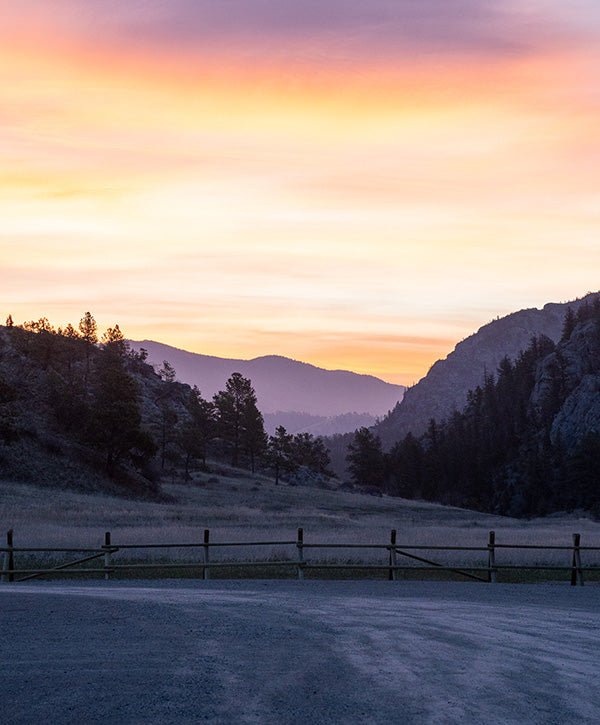
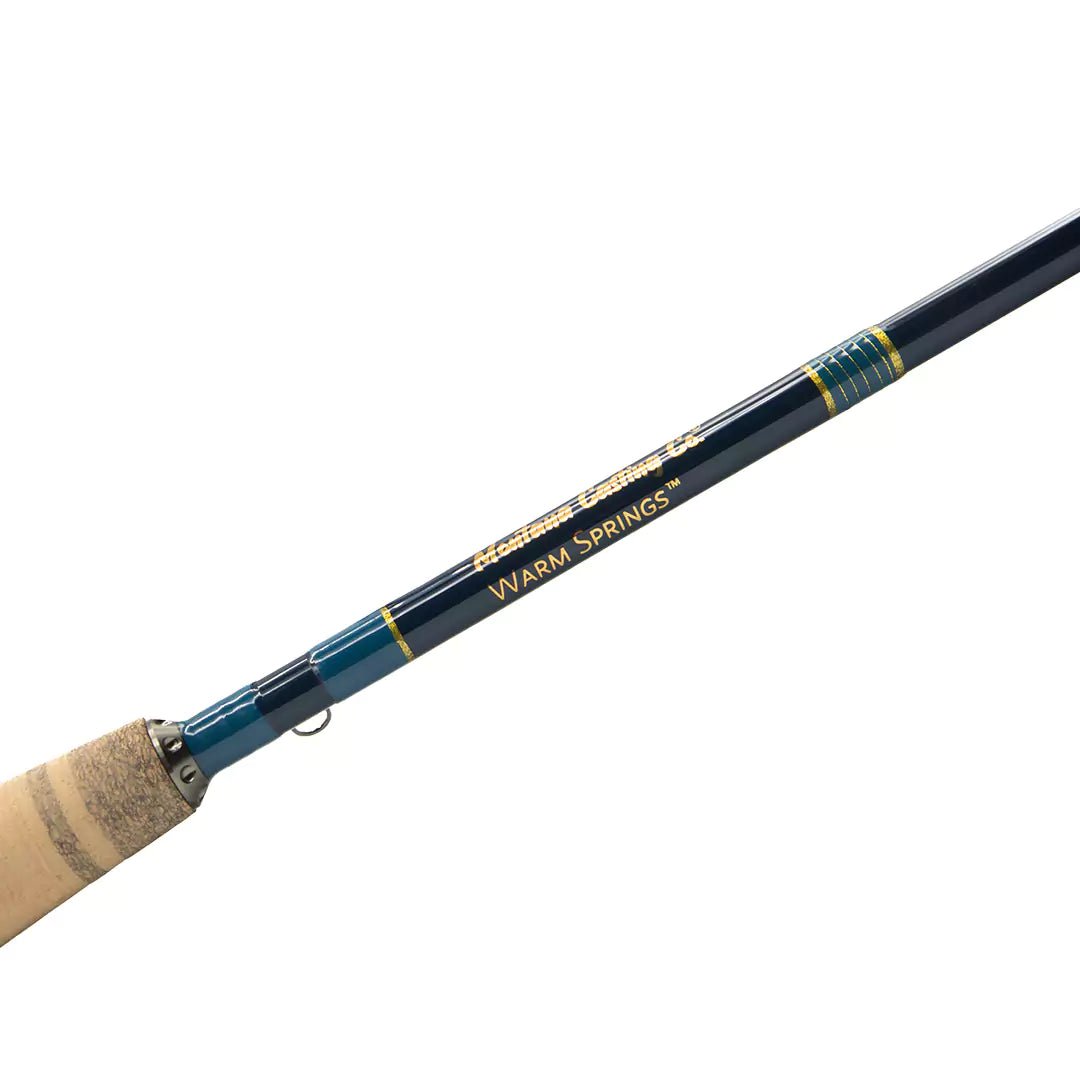
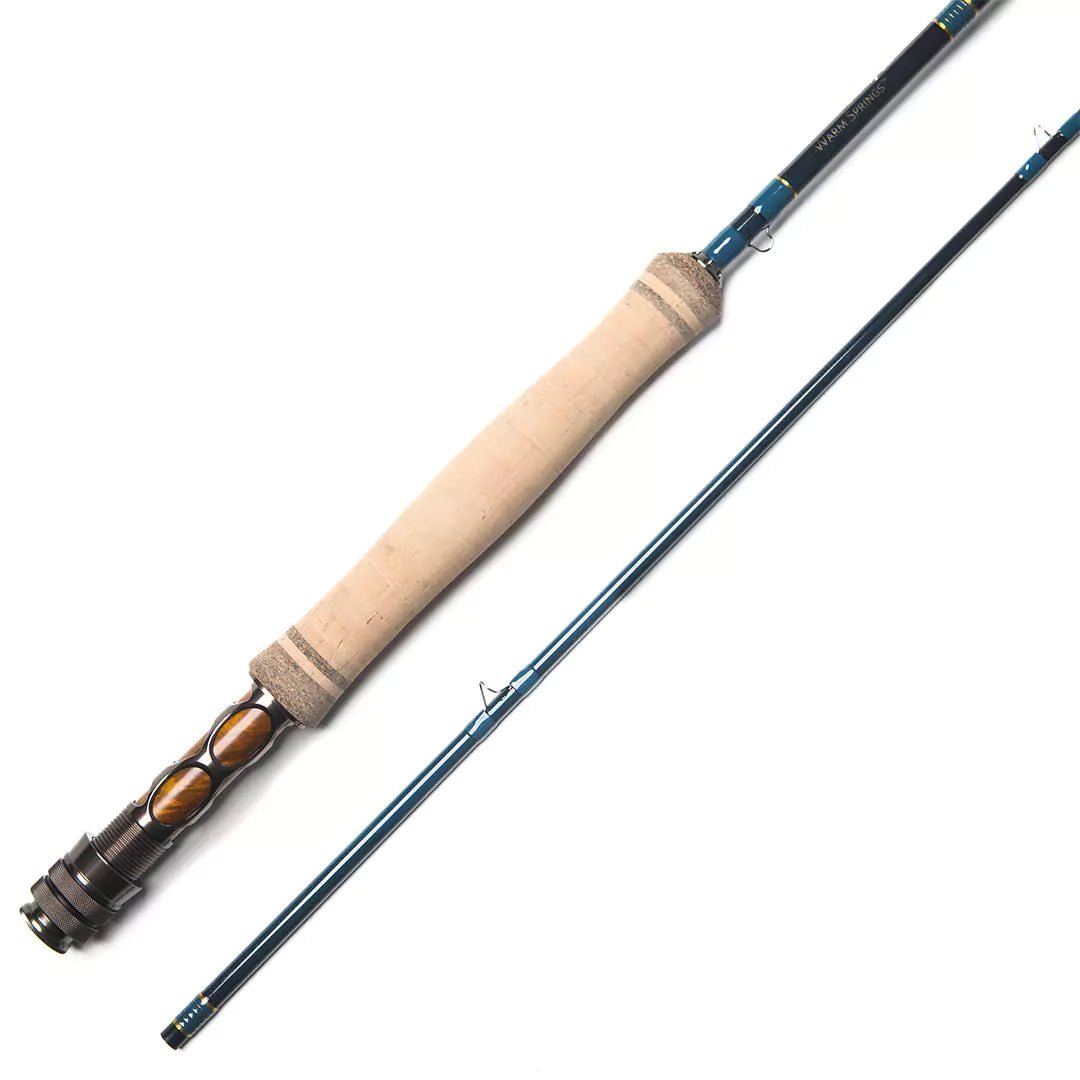
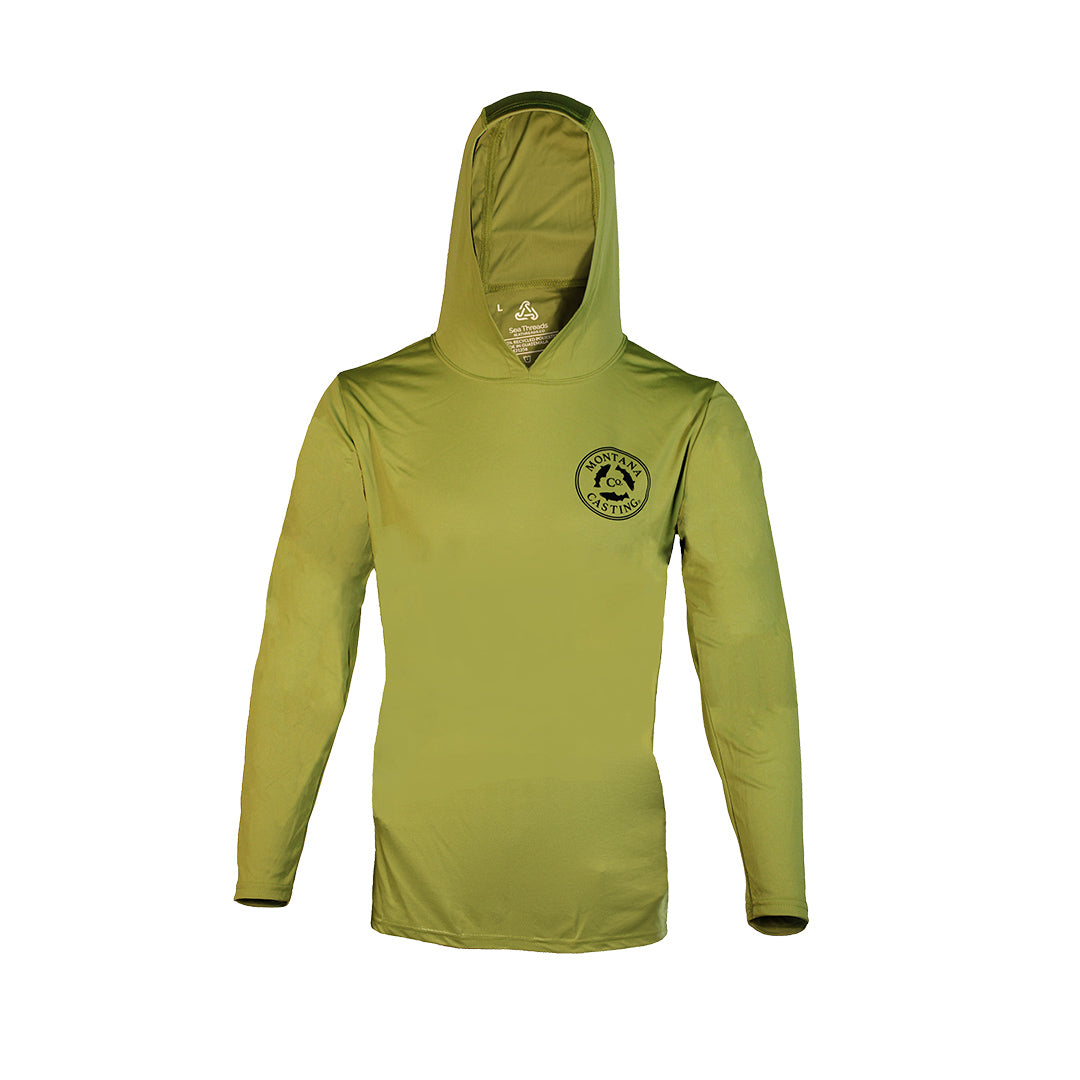
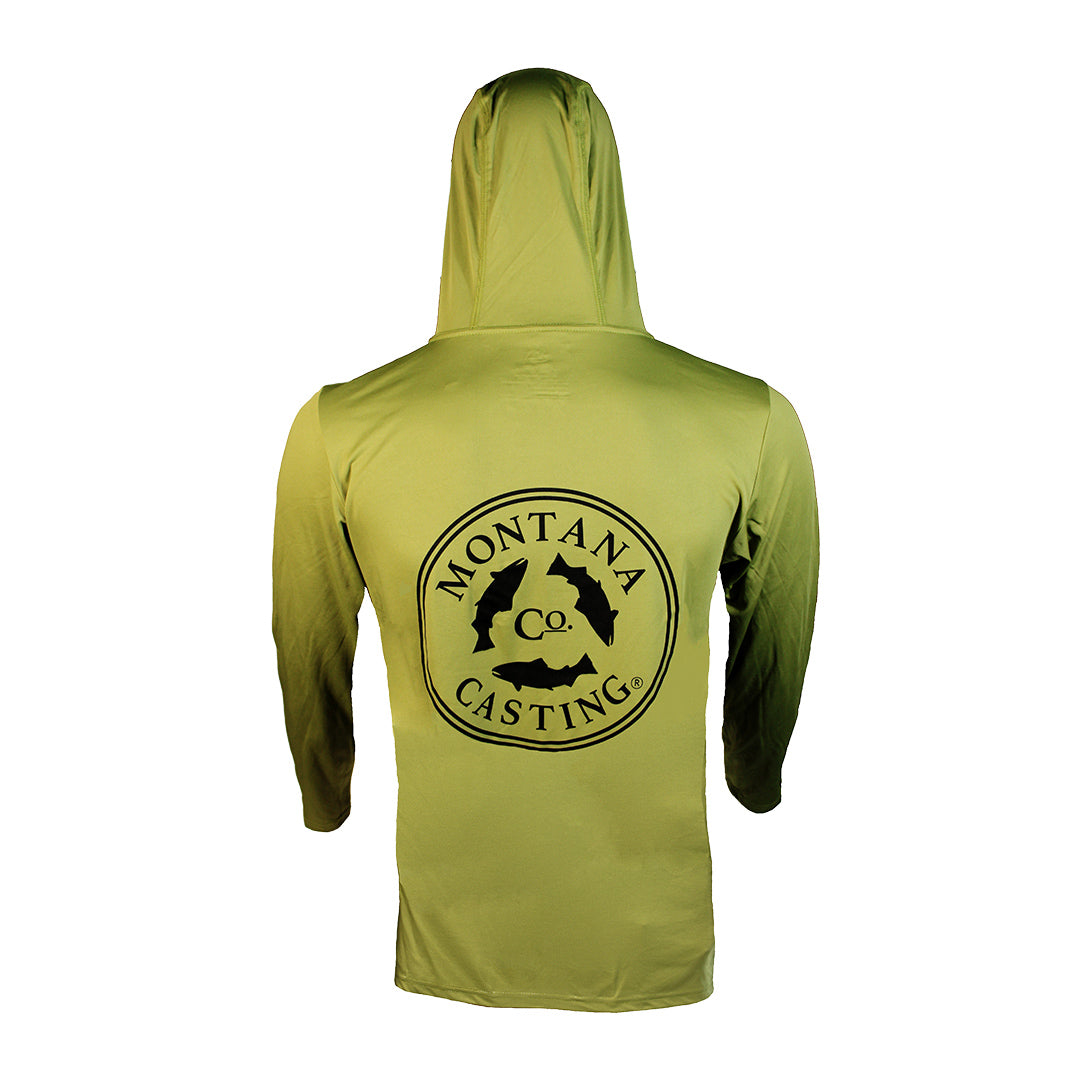
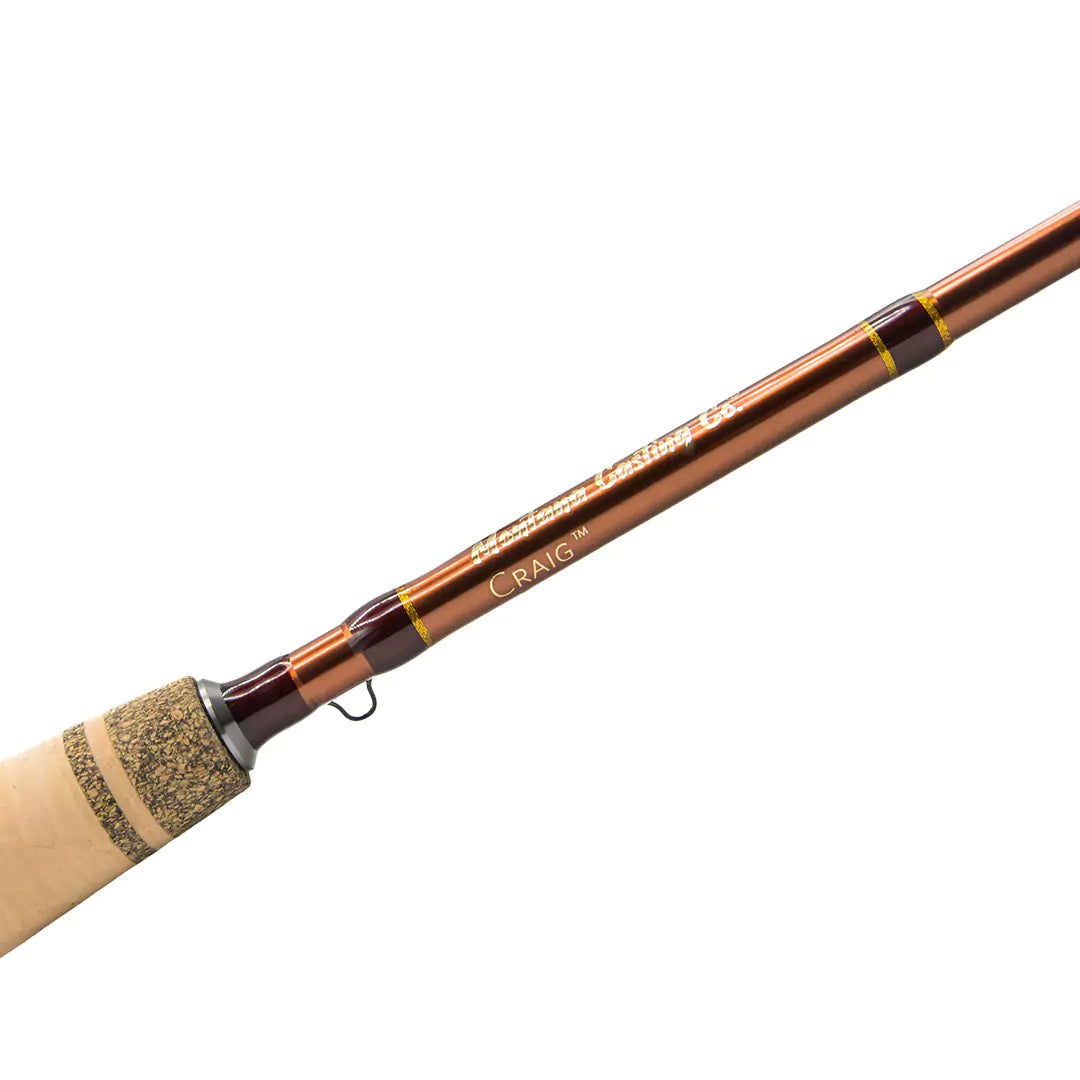
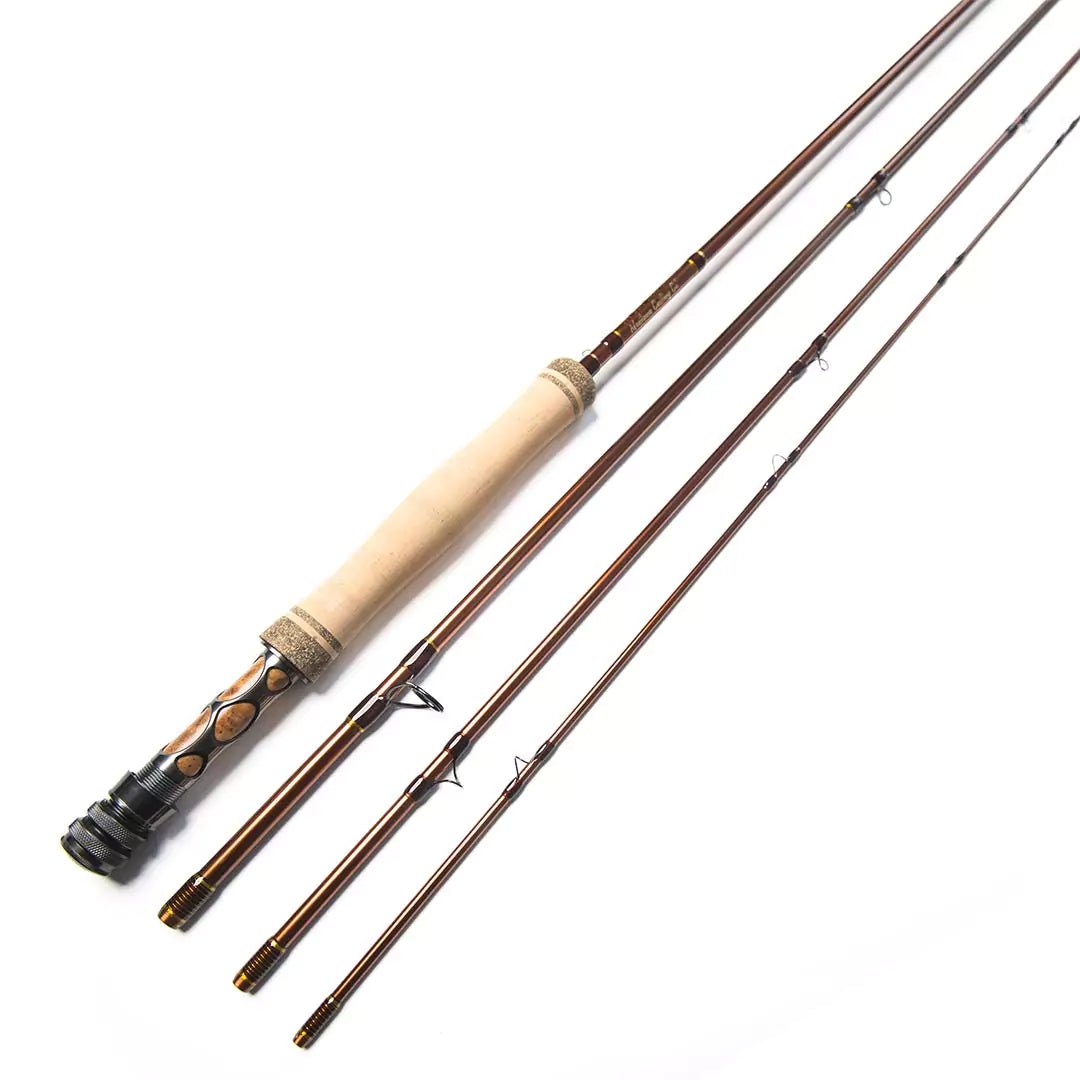
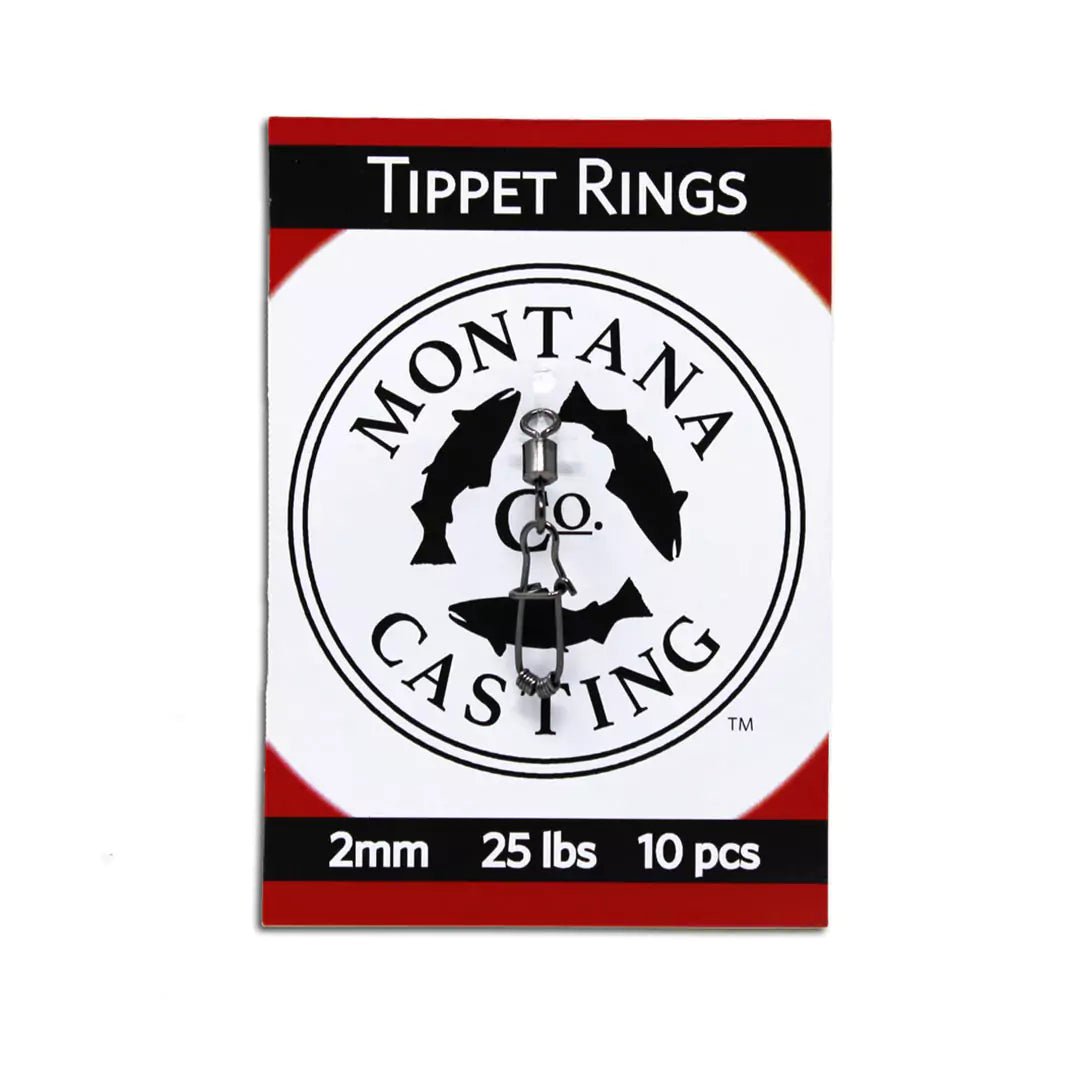

1 comment
I guide in Arizona at 7000-9000 ft. I get a lot of people who are wanting a “full day” hike in guide, yet they come from Phoenix or Tucson at 1500 feet. Be mindful of altitude, and carry benedryl for poison oak/ ivy, stings, burning nettles! Also, when booking, please be be very honest with your guide as to allergies, mobility issues, health conditions. Nothing is worse than having a client not be honest about these things, and on meeting I have to quickly adjust the day plan to accommodate a less than mobile wet- wade client. Thanks for this- also good for any outing in the backcountry , even if you don’t fish! Hi to Lincoln!